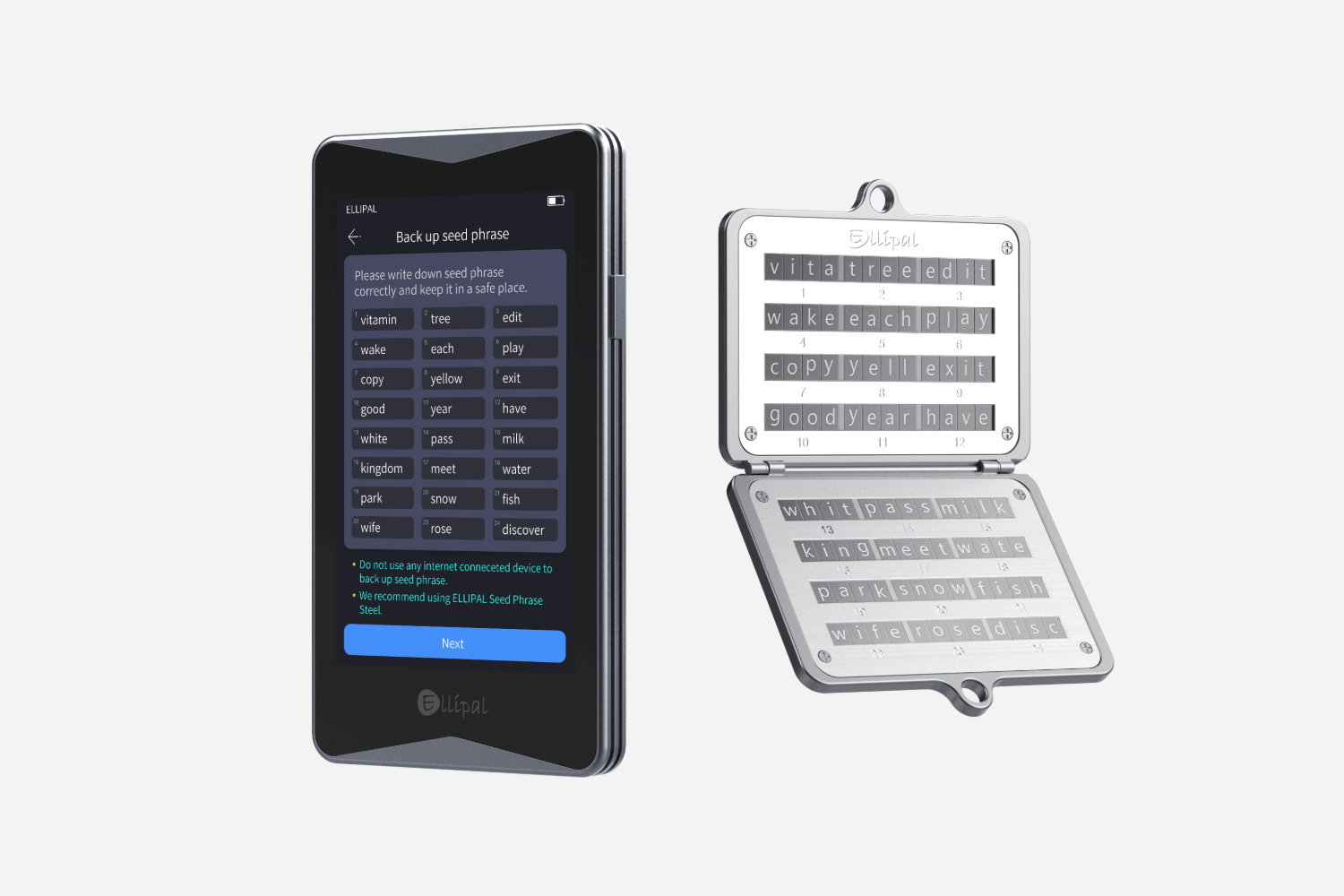Unlocking the Secrets: How to Choose the Perfect Cold Wallet for Your Crypto Assets!
In the rapidly evolving world of cryptocurrency, securing your digital assets is more crucial than ever. One of the most effective ways to ensure the safety of your cryptocurrencies is by using a cold wallet. Unlike hot wallets, which are connected to the internet and are more susceptible to hacking, cold wallets store your assets offline, providing a much higher level of security. However, with a myriad of options available, the price of cold wallets can vary significantly based on their features and functionalities. This article aims to guide you through the process of evaluating cold wallet prices and features, helping you make an informed purchase decision. We will explore the different types of cold wallets, the essential factors to consider when choosing one, and how to compare prices effectively.

Understanding Cold Wallets
Cold wallets are physical devices or paper documents that store your cryptocurrency offline, making them immune to online hacking attempts. The main distinction between cold wallets and hot wallets lies in their connectivity; while hot wallets are linked to the internet for quick access and transactions, cold wallets prioritize security over convenience. There are several types of cold wallets available, including hardware wallets, which are physical devices designed for secure storage, and paper wallets, which involve printing your private keys on a piece of paper. Each type serves the primary purpose of protecting your crypto assets from unauthorized access, making them a crucial component of any serious investor's strategy. Understanding the nuances of these wallets can help you decide which type suits your needs best.
Factors to Consider When Choosing a Cold Wallet
When selecting a cold wallet, several key factors should be taken into consideration to ensure that it meets your security needs and usability preferences. Firstly, security features are paramount; look for wallets that offer robust encryption methods and two-factor authentication to safeguard your assets. Ease of use is another important aspect; the wallet should have a user-friendly interface that allows you to manage your investments without confusion. Compatibility with different cryptocurrencies is also vital, as you'll want a wallet that supports the specific coins you hold. Lastly, consider the backup options provided by the wallet; having a reliable recovery method can save you from losing access to your assets in case of device failure or loss. By focusing on these factors, you can find a cold wallet that aligns perfectly with your requirements.
Comparing Prices of Cold Wallets
The prices of cold wallets can range from relatively inexpensive to quite costly, which is why it’s essential to balance your budget with the features and security they offer. Often, a higher price tag is associated with better security measures and additional functionalities, but this isn’t always the case. To evaluate the value offered by different wallets, consider what features are most important to you. For instance, if you are an advanced user looking for multi-signature support, you may be willing to pay more for that capability. On the other hand, if you are new to cryptocurrency, a simpler and more affordable option might suffice. By comparing prices and understanding what you are paying for, you can make a more informed decision that suits your financial situation and security needs.
Features that Affect Cold Wallet Prices
Various features can significantly influence the pricing of cold wallets. For instance, the encryption methods used in a wallet can determine its level of security; wallets employing advanced cryptographic techniques tend to cost more. The user interface is another critical feature; a wallet that is intuitive and easy to navigate can justify a higher price point, especially for users who may not be tech-savvy. Additionally, customer support plays a pivotal role; wallets that offer robust support options, including live chat or extensive documentation, may carry a premium. Other functionalities, such as multi-signature support, which requires multiple keys to authorize a transaction, can also increase the wallet's price. Understanding these features can help you assess whether a particular cold wallet offers good value for its price.
Key Takeaways for Selecting a Cold Wallet
In conclusion, selecting the right cold wallet for your cryptocurrency assets involves careful consideration of various factors, including security features, ease of use, and compatibility with different cryptocurrencies. As we've explored, the price of cold wallets can vary widely based on their features and functionalities. It's vital to conduct thorough research and compare options before making a purchase decision. Take your time to evaluate what features are most important to you and how they align with your budget. Ultimately, the right cold wallet will provide peace of mind knowing that your valuable crypto assets are safely secured.








